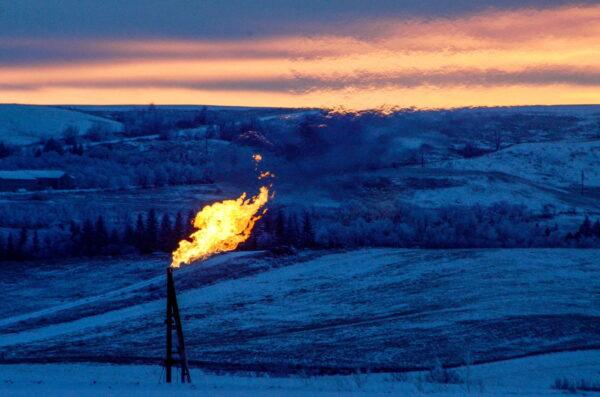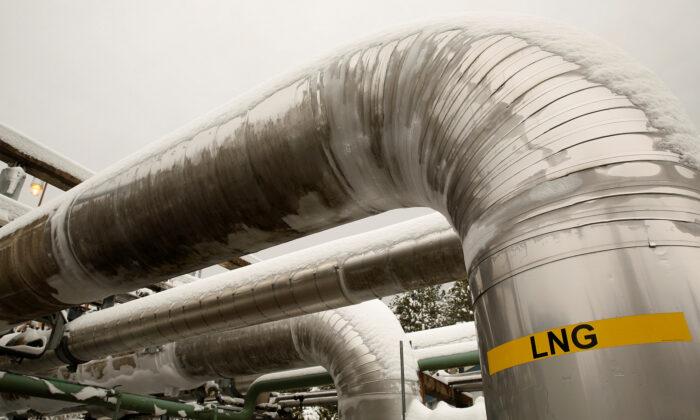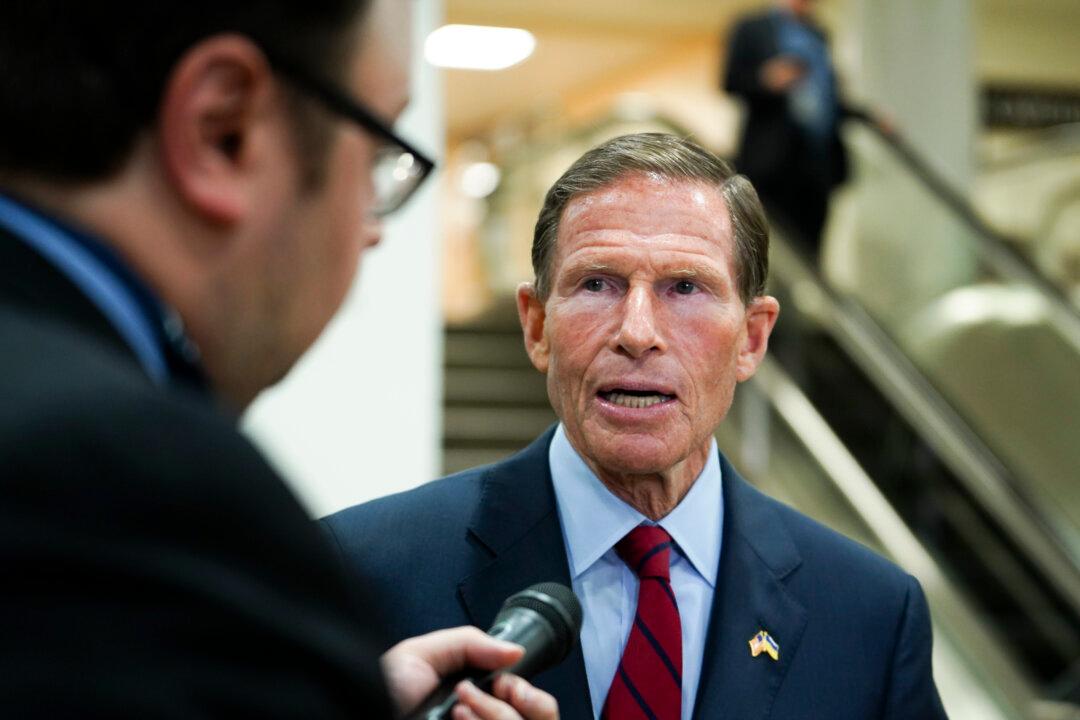Natural gas prices have increased significantly in 2022, skyrocketing about 150 percent year to date to above $9 per million British thermal units (MMBtu) on the New York Mercantile Exchange.
“We could see some pretty horrific numbers,” he warned.
Higher Natural Gas Prices Coming?
This summer, according to weekly storage data from the Energy Information Administration (EIA), the United States has witnessed sizable supply injections. So far, the lowest builds were 15 billion cubic feet (bcf) and 18 bcf in the weeks ended July 24 and Aug. 12, respectively.The upward stockpile trends may prove to be critical this winter, with early weather models showing everything from “unreasonably cold snowy” to “hibernation zone, glacial, snow-filled” conditions for much of the country. If the forecasts are accurate, a plethora of factors could make it challenging to satisfy elevated heating demand.

In recent days, maintenance issues in the New Mexico part of the Permian Basin have also weighed on output volumes. If facilities in this area are inoperable for an extended period, it could result in an enormous amount of natural gas coming offline, industry observers warn.
Supply shocks could further strain the domestic sector, be it late-season hurricanes or prevalent winter freeze-offs. This would turn out to be devastating for an energy product that has seen an immense increase in demand, particularly overseas.
Asian and European liquefied natural gas (LNG) consumption had already risen significantly heading into 2022. However, demand spiked after Russia’s invasion of Ukraine, with Europe’s LNG imports climbing 66 percent more than a year ago, touching an all-time high.
Competition for the fuel source could also intensify in the coming weeks as Asian buyers prepare for the winter season by ordering multi-month charters. Regional markets, including China and Japan, are already sounding alarm bells that power grids will be under tight strain if frigid temperatures engulf these nations, energy demand surges, and power plants go offline.
In addition, international LNG import capacity is approximately double export capacity. But industry experts warn that this chasm could narrow if U.S. facilities suspend operations, similar to what happened to Freeport LNG.
The State of Natural Gas
In the end, many market analysts purport that demand remains robust and supply and production continue to be lackluster. The state of the global energy market could support higher natural gas prices for a while longer.For now, investors are eyeing the $10 mark in the spot price.





